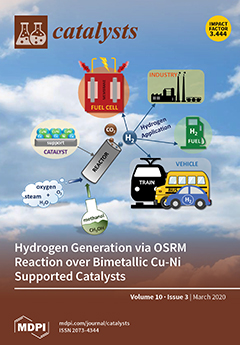This study presents a multi-residue method for simultaneous qualitative and quantitative analysis of eight antibiotics from some common classes, including beta-lactam, tetracyclines, lincosamides, glycopeptides, and sulfonamides in 39 aquaculture and river water samples from the Mekong Delta (Vietnam) using liquid chromatography-tandem mass spectrometry
[...] Read more.
This study presents a multi-residue method for simultaneous qualitative and quantitative analysis of eight antibiotics from some common classes, including beta-lactam, tetracyclines, lincosamides, glycopeptides, and sulfonamides in 39 aquaculture and river water samples from the Mekong Delta (Vietnam) using liquid chromatography-tandem mass spectrometry (LC-MS/MS). As a result, doxycycline (DXC), oxytetracycline (OTC), lincomycin (LCM), sulfamethoxazole (SMX), and sulfamethazine (SMZ) were detected with high frequency over 65% and an average concentration of 22.6–76.8 ng·mL
−1. The result suggests that antibiotic residues in the aquaculture and river waters are considered as an emerging environmental problem of the region. To address this issue, we fabricated the well-defined TiO
2 nanotube arrays (TNAs) and nanowires on nanotube arrays (TNWs/TNAs) using the anodization method. The TNAs had an inner tube diameter of ~95 nm and a wall thickness of ~25 nm. Meanwhile, the TNWs/TNAs had a layer of TiO
2 nanowires with a length of ~6 µm partially covering the TNAs. In addition, both TNAs and TNWs/TNAs had pure anatase phase TiO
2 with (101) and (112) dominant preferred orientations. Moreover, the TNAs and TNWs/TNAs effectively and rapidly degraded the antibiotic residues under UV-VIS irradiation at 120 mW/cm
2 and obtained over 95% removal at 20 min. Indeed, the photocatalytic reaction rate constants (
k) were in the range of 0.14–0.36 min
−1 for TNAs, and 0.15–0.38 min
−1 for TNWs/TNAs. Noticeably, the
k values of TNWs/TNAs were slightly higher than those of TNAs for LCM, DXC, OTC, SMZ, and SMX that could be attributed to the larger surface area of TNWs/TNAs than TNAs when TNWs/TNAs had an additional ~6μm TNWs top layer.
Full article





